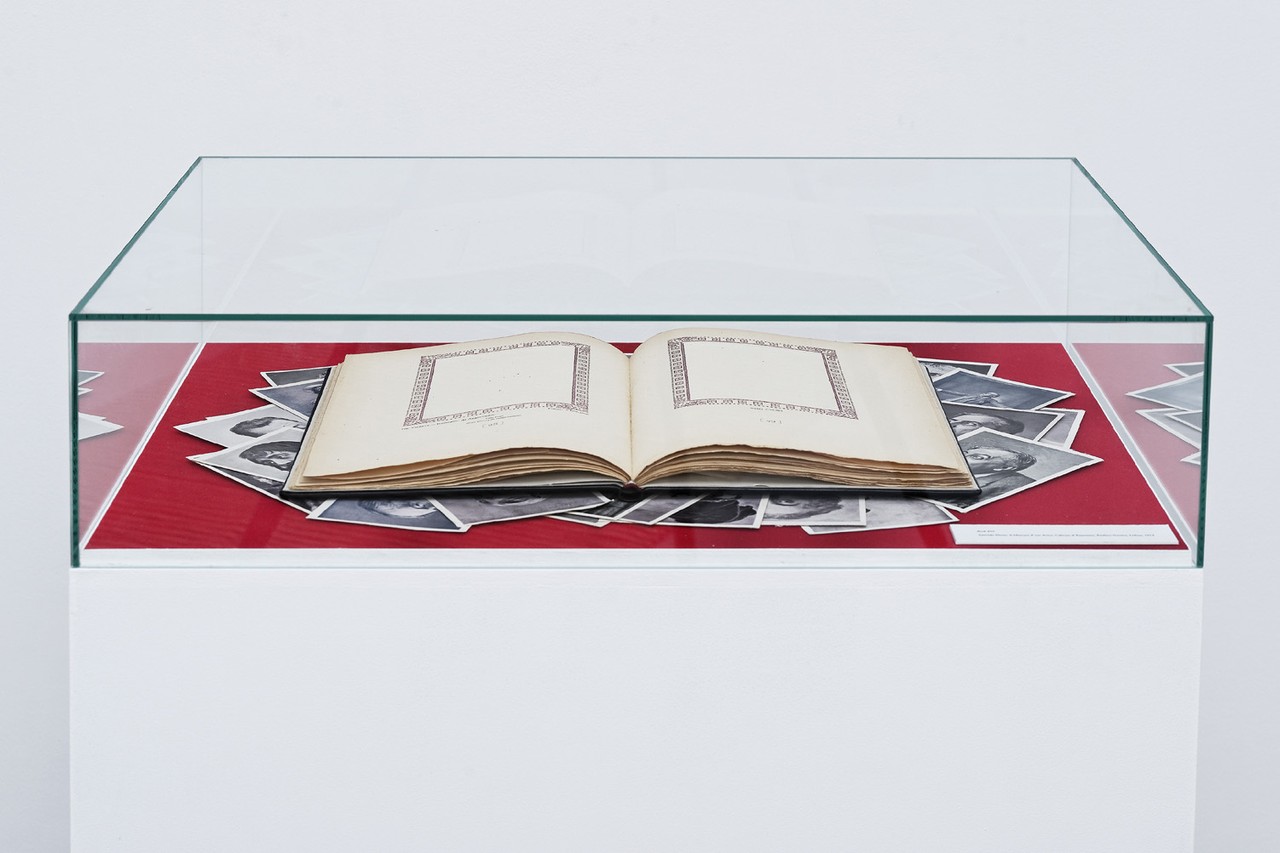Haris Epaminonda
The Infinite Library
29 Apr - 28 Aug 2016
HARIS EPAMINONDA
The Infinite Library
29 April –28 August 2016
Curators: Ana Ballesteros y Juan Antonio Álvarez Reyes
Exhibition Session: Archive Sickness
An exhibition is first and foremost a space, as is a book or an archive. As with exhibitions, books and archives, there are many different kinds or species of spaces (to quote Georges Perec), including those that reject or surpass these apparatuses of vision and knowledge. The fragmented project of Haris Epaminonda (b. Nicosia, Cyprus, 1980) is also first and foremost a spatial affair, an investigation of how a place is transformed from the moment it is named and later subjected to intervention or operation. What is displayed is just as important as how it is displayed. Prop elements are decisive and repeated time after time. The space, the archive, the book and the exhibition must therefore be understood as a palimpsest.
Haris Epaminonda’s individual projects are like manuscripts that retain the traces of other earlier texts whose writing has been erased or modified to make way for a new creation. Ultimately, her method consists in writing over what has already been written, operating on what has already undergone an operation, altering the already altered, and exhibiting what has already been exhibited.
Her work—as the show at the CAAC clearly illustrates—is based on variations, often very slight changes that produce tiny mutations within a never explicit will to meaning, whose process relies on the linking of elective affinities. The remembrance of a recent past, whether physical, temporal or biographical, is recreated using images which, though subtly manipulated, have nevertheless become other images. Like every act in which memory intervenes, it is a fictitious exercise, based on recollections that do not belong to the artist alone.
There is undoubtedly an order in her projects/variations which, as in chaos, can stimulate the desire to interpret, although we should bear in mind that deciphering the work will do us little good, for it may only be useful to its author. After all, in the accumulation of every archive, library or exhibition as possible places of knowledge, the result may be the image of an abstraction which, as in a musical composition, permits variations on certain combinatorial sets.
The Infinite Library
29 April –28 August 2016
Curators: Ana Ballesteros y Juan Antonio Álvarez Reyes
Exhibition Session: Archive Sickness
An exhibition is first and foremost a space, as is a book or an archive. As with exhibitions, books and archives, there are many different kinds or species of spaces (to quote Georges Perec), including those that reject or surpass these apparatuses of vision and knowledge. The fragmented project of Haris Epaminonda (b. Nicosia, Cyprus, 1980) is also first and foremost a spatial affair, an investigation of how a place is transformed from the moment it is named and later subjected to intervention or operation. What is displayed is just as important as how it is displayed. Prop elements are decisive and repeated time after time. The space, the archive, the book and the exhibition must therefore be understood as a palimpsest.
Haris Epaminonda’s individual projects are like manuscripts that retain the traces of other earlier texts whose writing has been erased or modified to make way for a new creation. Ultimately, her method consists in writing over what has already been written, operating on what has already undergone an operation, altering the already altered, and exhibiting what has already been exhibited.
Her work—as the show at the CAAC clearly illustrates—is based on variations, often very slight changes that produce tiny mutations within a never explicit will to meaning, whose process relies on the linking of elective affinities. The remembrance of a recent past, whether physical, temporal or biographical, is recreated using images which, though subtly manipulated, have nevertheless become other images. Like every act in which memory intervenes, it is a fictitious exercise, based on recollections that do not belong to the artist alone.
There is undoubtedly an order in her projects/variations which, as in chaos, can stimulate the desire to interpret, although we should bear in mind that deciphering the work will do us little good, for it may only be useful to its author. After all, in the accumulation of every archive, library or exhibition as possible places of knowledge, the result may be the image of an abstraction which, as in a musical composition, permits variations on certain combinatorial sets.

